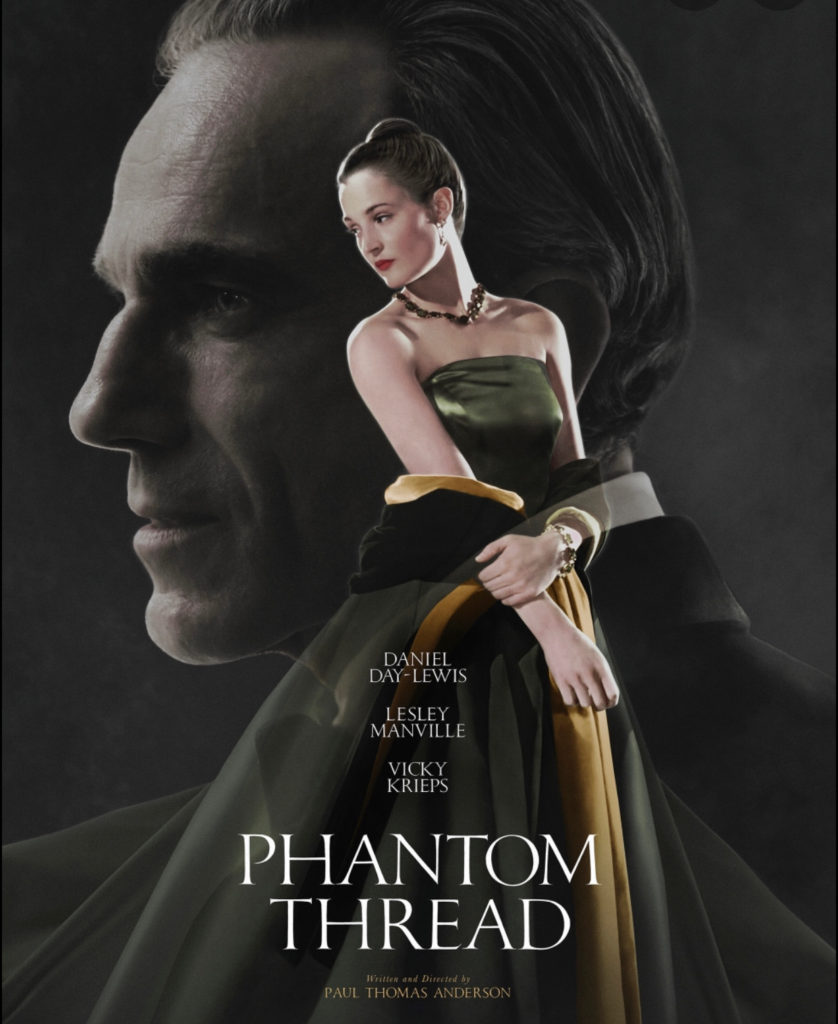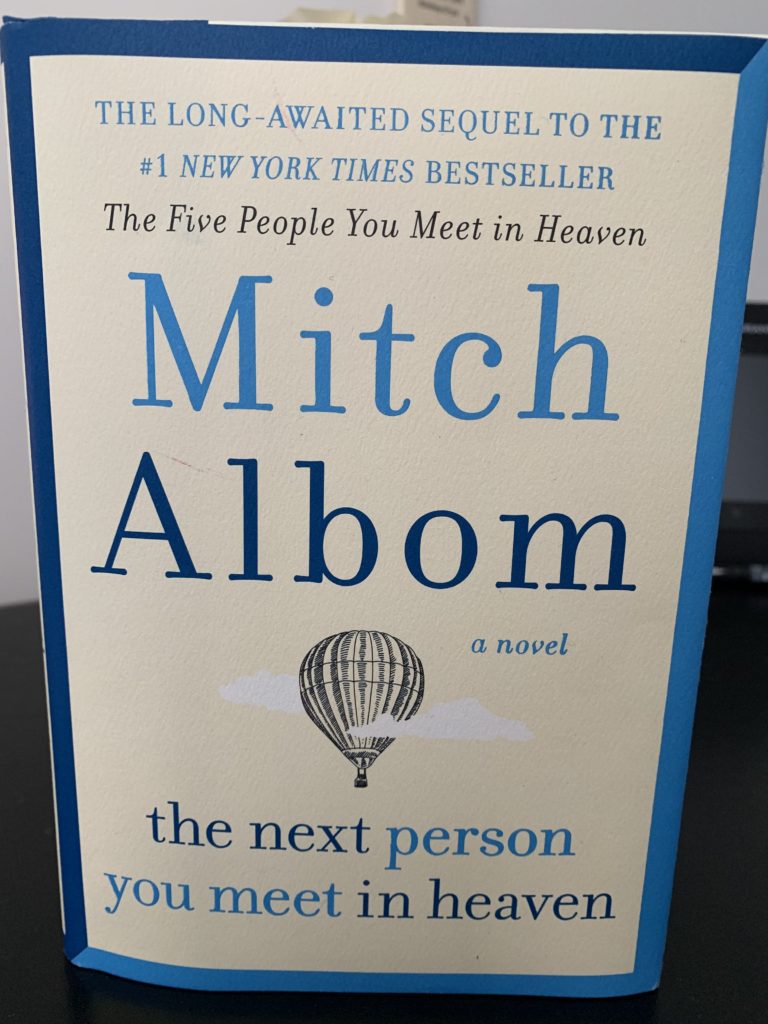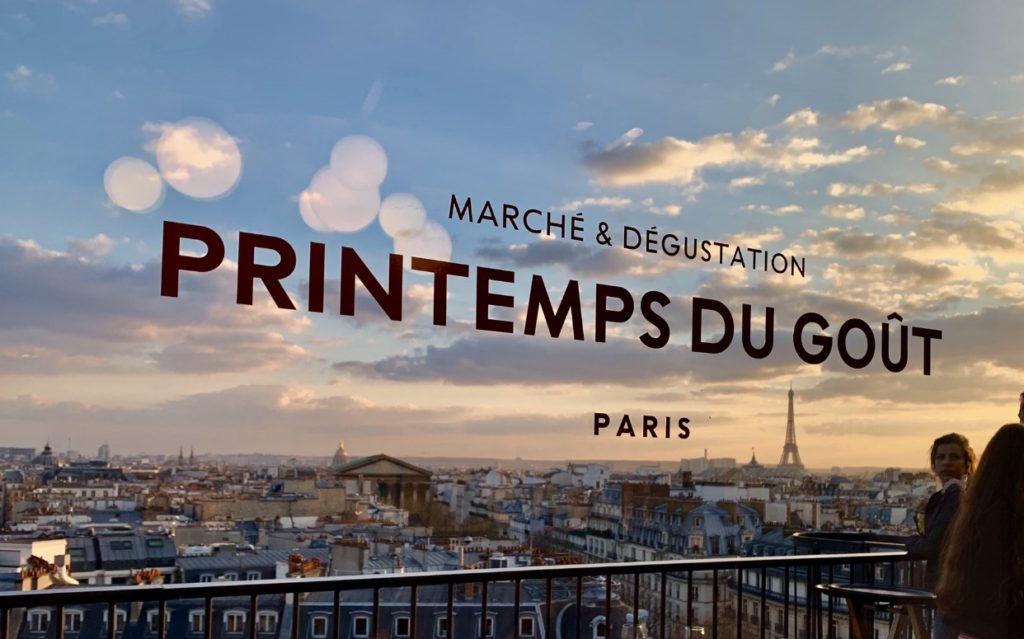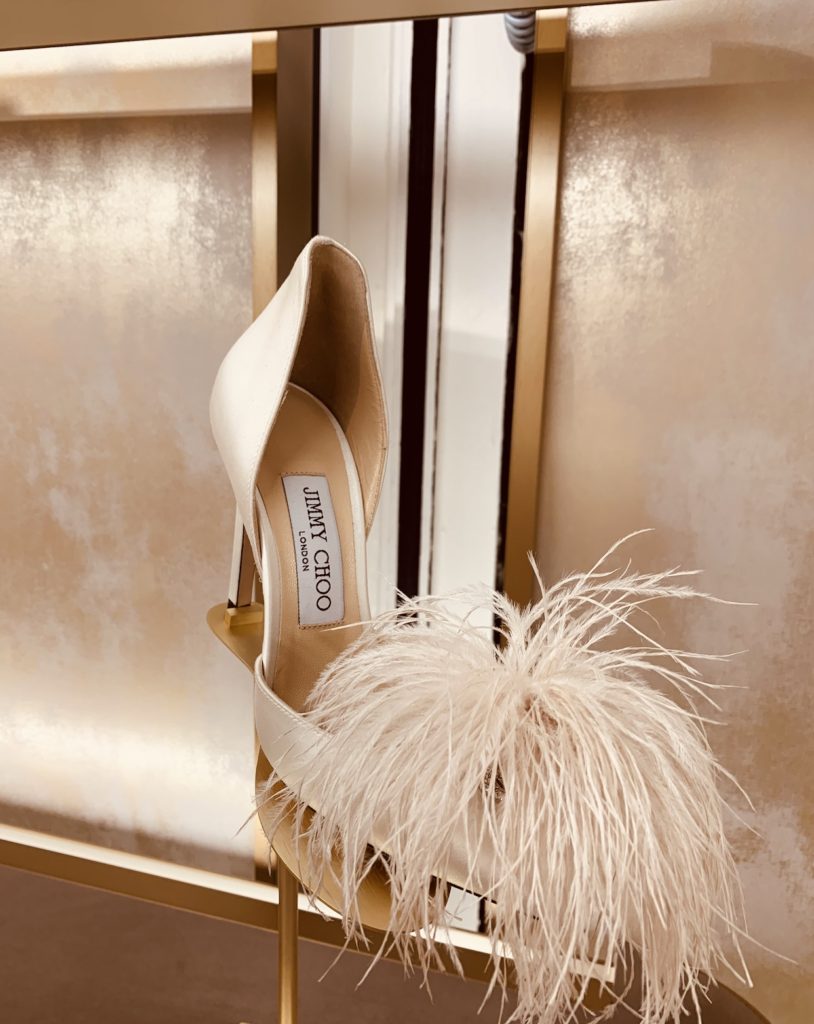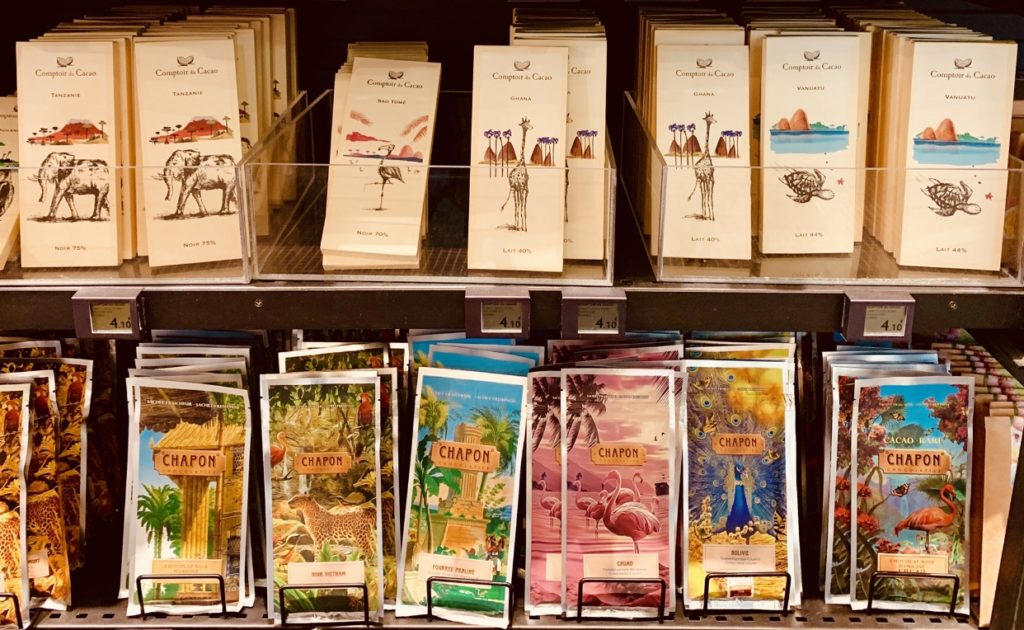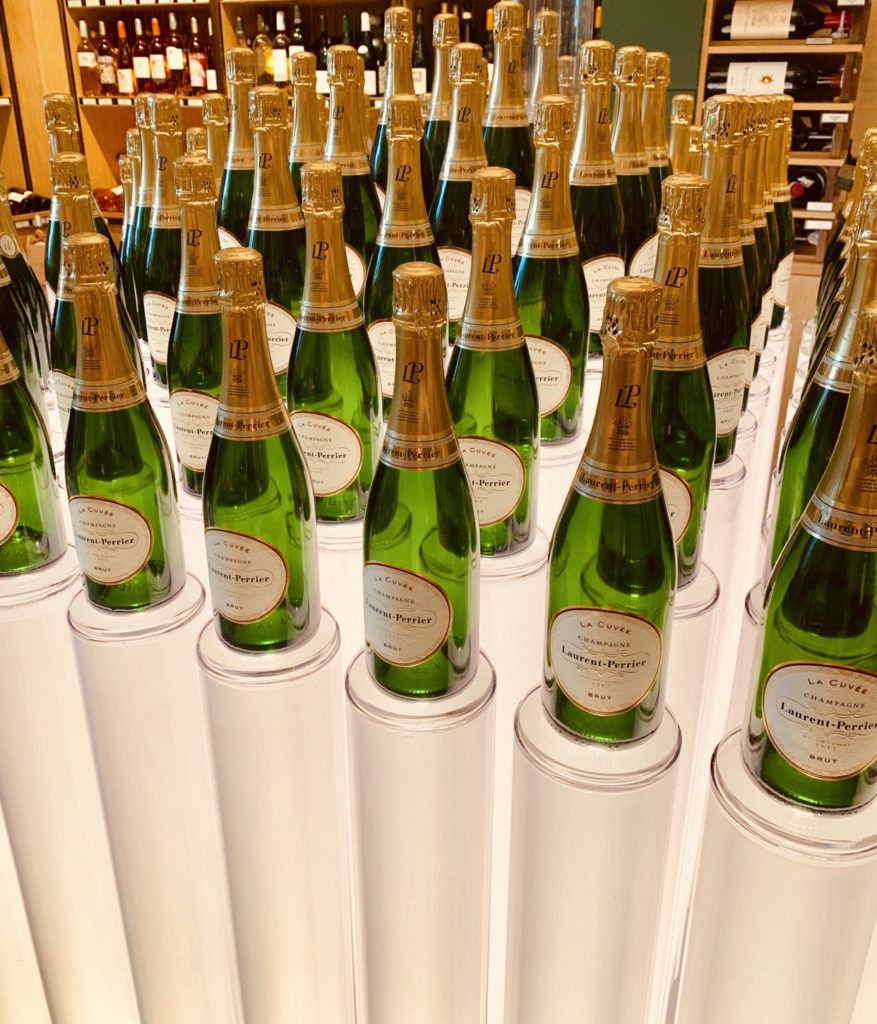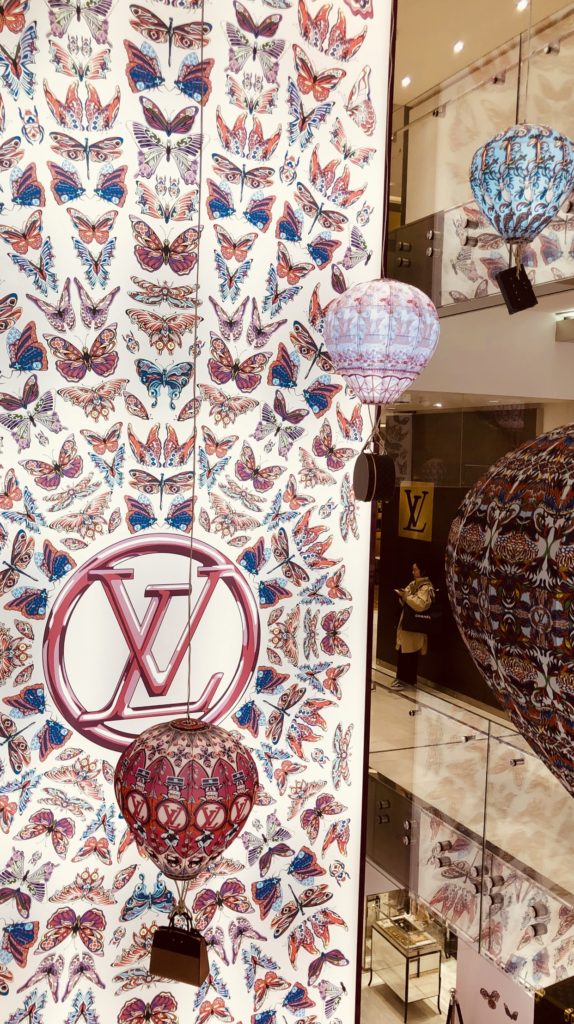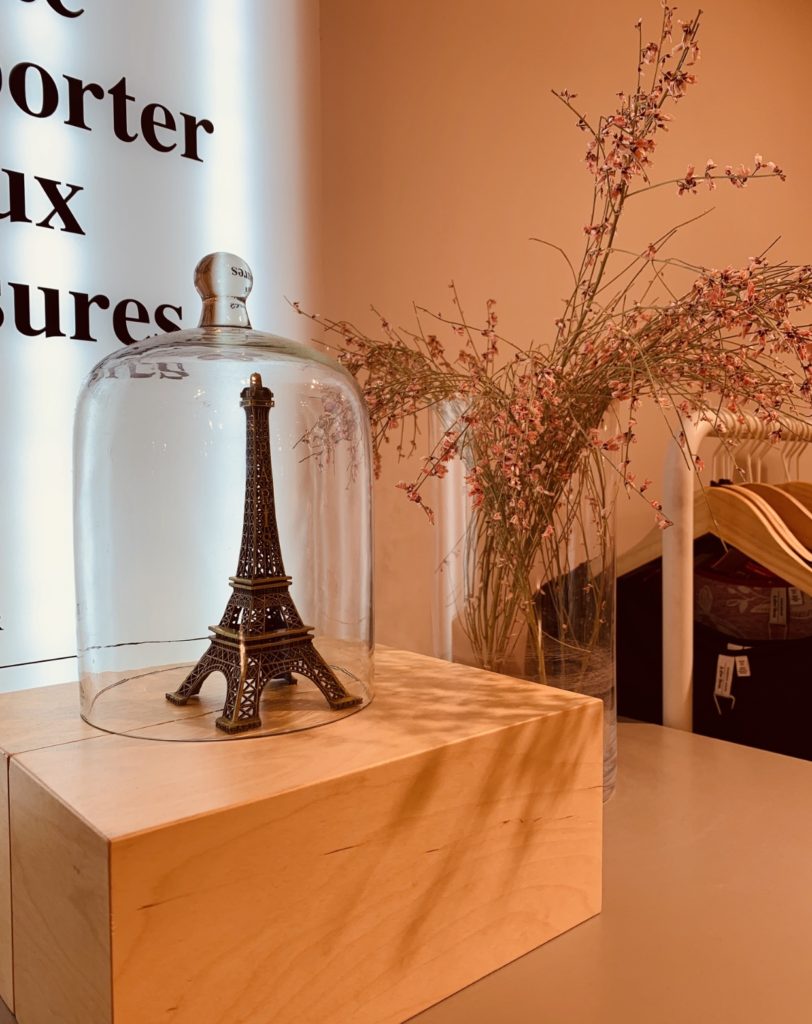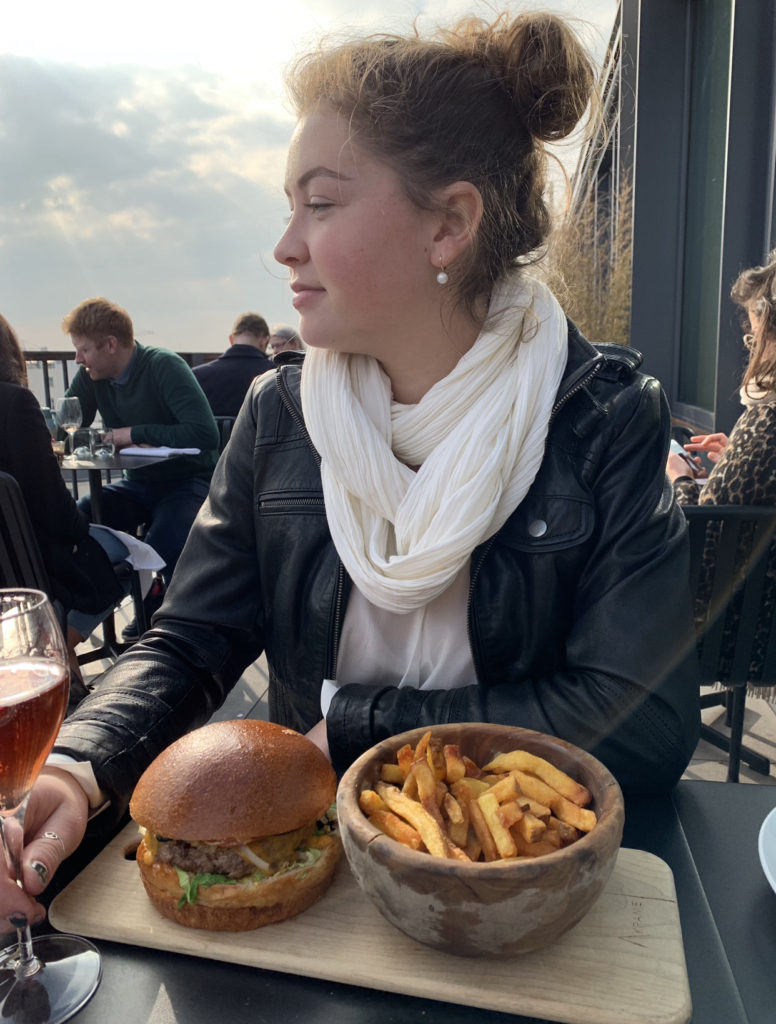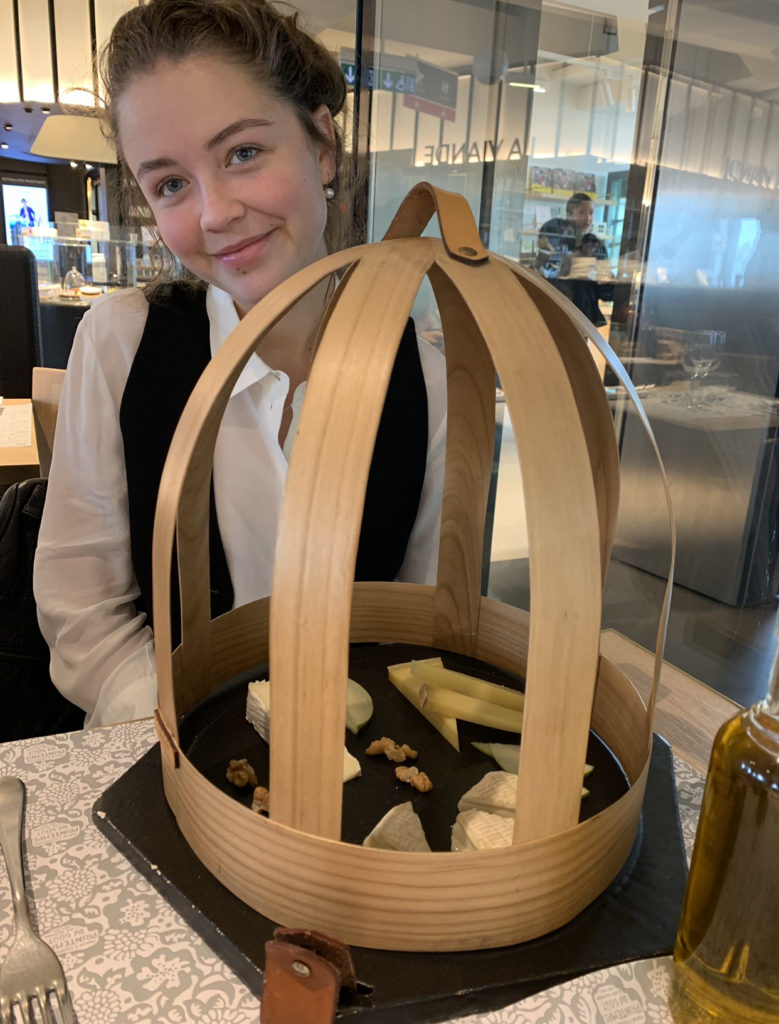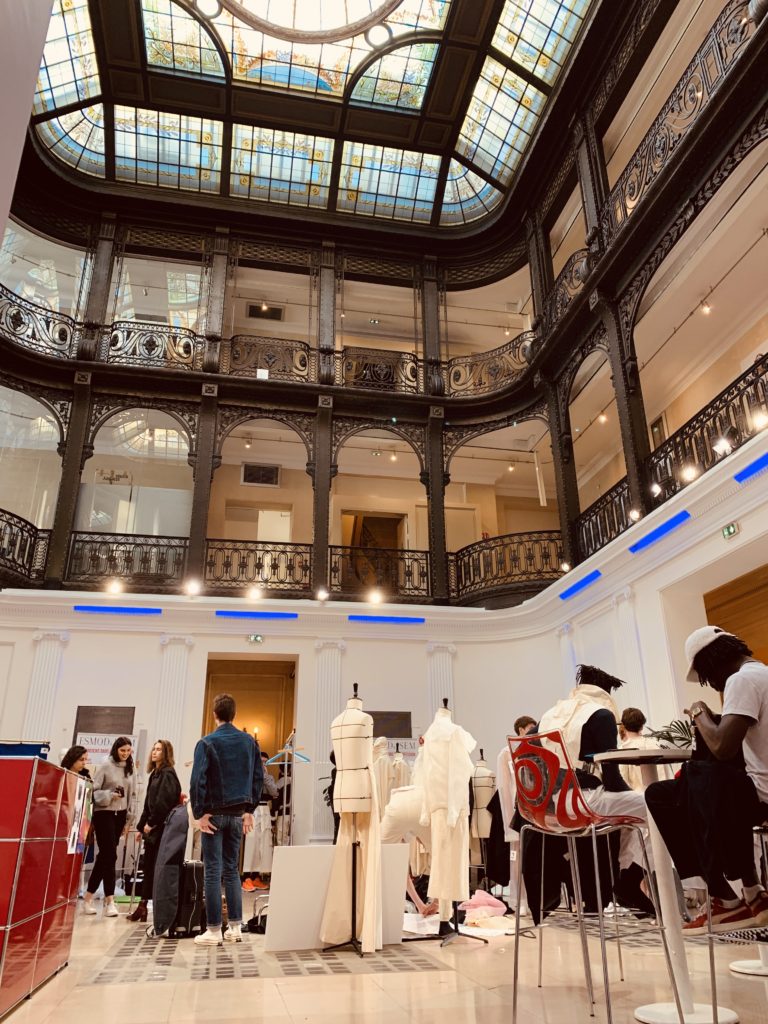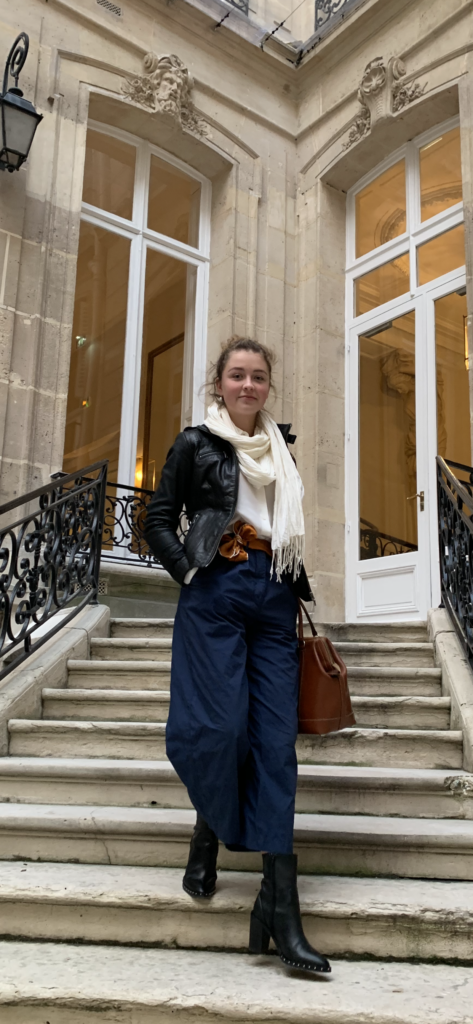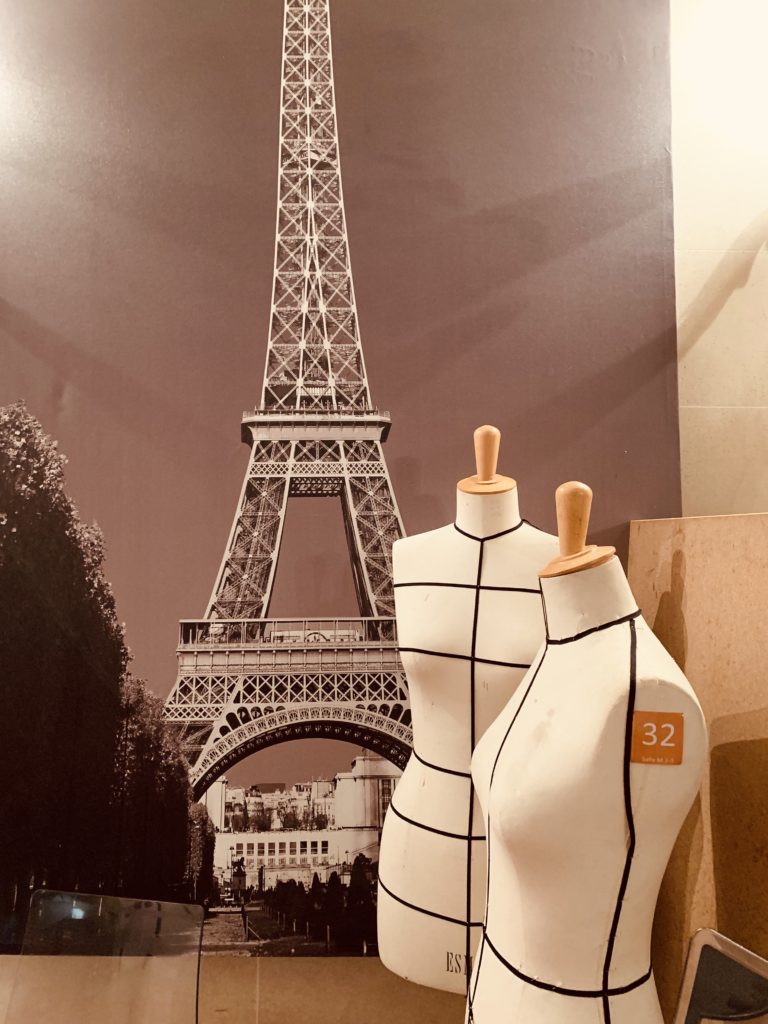Anna Wintour: Masterclass in Teaching Leadership and Creativity
I am a huge fan of the MasterClass App. I love the fact I can take courses wherever I go (and lectures can be downloaded for offline viewing on planes etc.) The app also has a wonderful concentration of ‘industry bests’. To be clear, I’m not sponsored by the app, although I’m thinking it might be something for me to pursue!! I am just a legit fan because I love to learn but also want to do it on my own schedule and locale. (I practice yoga the same way but will leave my yoga app endorsement for another post!)
The courses offered on the MasterClass App are so varied and regardless of one’s field of interest, the knowledge imparted by instructors always seems widely applicable. Malcolm Gladwell was my favorite because his energy and passion for his craft and its subjects sparkles palpably, but the (new) Anna Wintour class I just finished was profoundly more thought provoking and inspiring than I would have imagined.
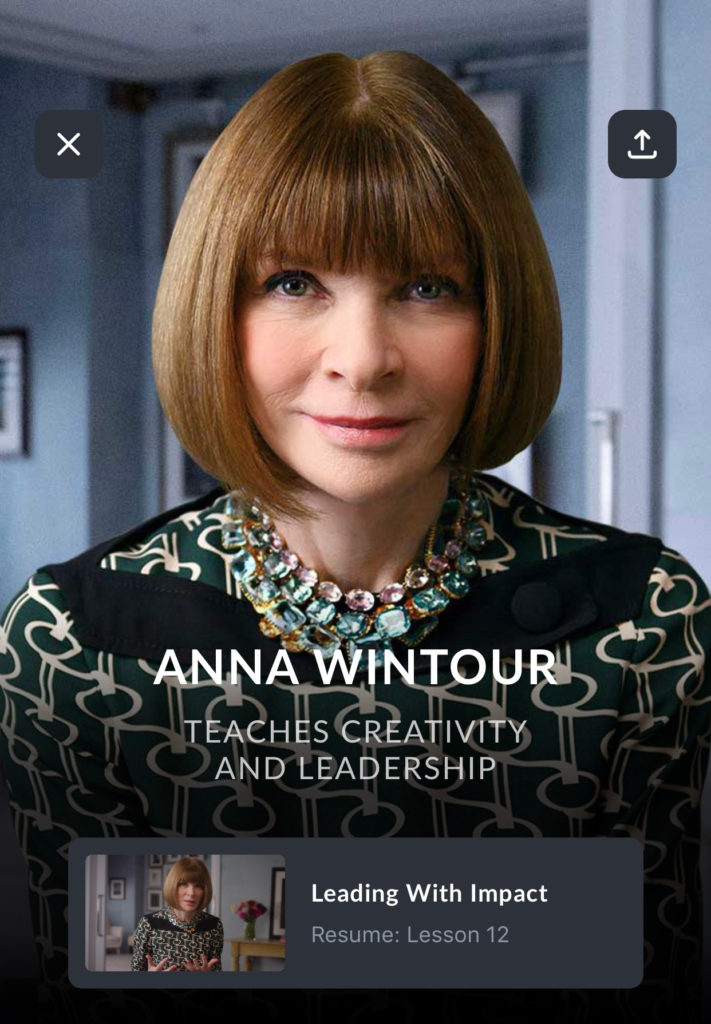
I was very surprised by Georgia’s choice to study Fashion in Paris. I thought she would choose perhaps a more varied design education where she would learn industrial design, commercial interior design and residential interior design. But her dad and I brought her to Paris at the age of 8 for her ‘alone (with us but without her brothers) trip’ and the city made its indelible mark on her. So when she decided to study Fashion in Paris I decided to learn all I can about the industry because it’s not something in which I’ve had a huge amount of interest.
I suppose I just didn’t really understand why people follow Fashion. Wearing the latest creation of a popular designer or fashion house has never seemed to me like evidence of original thinking. But having finished Anna Wintour’s Masterclass I am pleased to say she has very much broadened my perspective of the role of fashion in the world.
I think one of my main take aways from her course is that not everyone can be a creative leader, but everyone can contribute in a creative way to influencing the world around them. Some people design clothes and others wear them, but those wearing them can be influencers in their own right. Anna Wintour, Editor in Chief of US Vogue magazine since 1988, seems not only to be an incredibly intelligent and not the least bit vacuous person, but also highly aware of the impact and role that fashion can and should play in the world at large. I found her perspective as being considered one of the (if not THE) most influential fashion personalities in the world entirely engaging and illuminating.
Here are some of the most salient points I gleened:
- Give people change. People want to have their perspectives challenged and informed even if they enjoy moaning about it. People look to industry leaders to suggest new ways of thinking, being and doing.
- Lead from the heart. Choose to work with people who stand for something…and if they stand for something different than you do, become informed from their perspective. Everyone has something to teach us.
- Lead by instict, and don’t succumb to outdated thinking. Often the business minds that are behind the creative minds have dramatically different ideas about the creative world, but as a creative person you have to confidently stick to your guns and trust your own inclinations (and learn some powerful tools of persuasion.)
- Let the master lead. Always be seeking and supporting new talent if you are lucky enough to find it. (And if you can, make sure it’s someone’s specific job to seek new talent in every area of your business.) And when you find these people, listen to them! Be confident enough to recognize they may very well have a better idea than you do and that your job is to support the best idea, not generate all of them yourself.
- Keep your ear to the ground. Every industry is influenced by the world at large and the changes that are always occurring in culture. Being creative is about allowing yourself and your direction to morph as you recognize how the world around you is shifting. I personally liked this point because I made me hopeful that the fashion world is very much aware and is responding the the demands we humans we are inflicting upon the world. This makes me hopeful that tomorrow’s designers who are more ecologically minded will be recognized and supported for their innovation in fashion by fashion media leaders.
- Bring others into the process and trust your team. This relates to the point about letting the master lead. It’s important to love a surprise, and to force yourself to remain open to the unexpected. Anna Wintour speaks about various shoots she had envisioned entirely differently but when the photographer, art director, stylists and models etc. were there in the moment together, they all responded to the energy and forged their own way. Having confidence in one’s team to delight you inspires them to continue to do so.
- Don’t take credit. Always recognize that every accomplishment is the result of a team of people, so always acknowledge the successes as they occur but give specific credit to others. Empowering those around you will make everyone’s work better.
- Take risks and be willing to make mistakes (and then own them, learn from them and move on from them.) Being bold and being wrong creates more learning than cruising along doing the same old thing.
- You learn by giving back. Anna Wintour started the CFDA – Vogue Fashion Fund Awards which support young designers by awarding them grants to launch their businesses. She says the visits to the studios of designers and engaging with them is some of her most important work, not just in supporting and encouraging those designers but through being able to see the world through their eyes. She says she learns as much from designers starting out as from the established industry masters.
And my favorite take away, because I’m someone who hasn’t really understood the role that fashion can play in the bigger world is:
10. Find the bigger meaning in your work. There are always ways to speak to the world’s woes in a creative way that can lead to progressive thought and change. In a polarized world it is imperative to take a stand for what you believe in even when and perhaps especially if it’s unpopular. Everyone has a voice. Listen to them all. Encourage discourse so you make an informed perspective on what to support. It’s a serious responsibility to form an educated opinion and share it by creating work that supports it.
The September Issue of Fashion Magazines is the most important one for a fashion magazine apparently, and there is a film about Anna Wintour and her team’s creation of one of those editions. Here is the trailer. I’ve not seen it yet, but the trailer depicts a more ‘cutting’ version of Anna Wintour than was my impression of her from her MasterClass. In her MasterClass series she seems entirely approachable and open minded, gracious and charismatic, but I’m sure she also needs to be discerning and determined and sometimes uncompromising to be the successful head of America’s most influential fashion media outlet. And so should she be.

